How to grow as a freelancer | Best tips to get more orders?
How to grow as a freelancer?
To grow as a freelancer while you already have a full-time job, you’ll have to consider the following steps:
You must be completely honest with yourself and respond to the following question before you begin freelancing:
Is freelance work merely a side job? Or do you intend to turn it into a full-time enterprise?
Your future actions will depend on the response to this question because you will either try to balance your full-time and freelance employment OR try to leave your current job so that you can pursue a full-time freelance career.
The response to this query is your long-term objective. You’ll need to establish several short-term objectives and respond to queries like:
What industry will you focus on?
What services are you going to provide?
What monthly income must you achieve before deciding to leave your job?

According to our research, we analyzed 2 million Freelance profiles. Here’s who Earns the most money in the past 2 years.

Find a perspective domain and stick to it
Whether you work as a graphic designer, copywriter, developer, or something else entirely, it would be great if you focused on one particular field of expertise:
If you’re a content writer, for instance, you shouldn’t try to write on anything from the Top 3 Ways to Prepare Your Garden for Spring to the Explanation of Tax Laws in All 50 US States.
You may begin by writing on a variety of subjects to discover your ideal niche, but eventually, you should settle on one and stay with it.
However, writing about cryptocurrency or technology usually sounds better on your resume than writing about general topics. Moreover, they inspire more confidence in you on the part of the clients who’ll always be looking for specific, and not general content.
Identify Potential Customers
You shouldn’t try to serve the demands of the entire market for your sector, just as you shouldn’t try to cover every niche in your industry.
Small companies, groups of people working remotely, or even other freelancers, may all need the same kind of service that you’re hoping to provide. But you’ll need to concentrate on one or two particular clientele.
Let’s say you want to start a blog regarding all aspects of remote employment. They can be your beginning point because there are individuals, groups, and even entire companies that operate remotely.
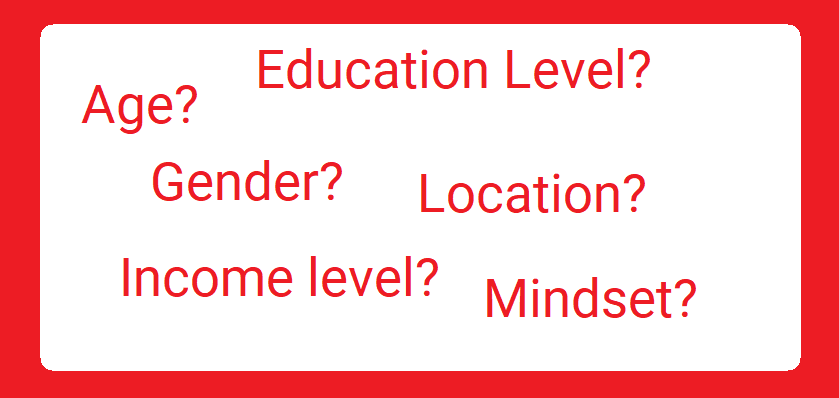
Best tips to set your freelance rates
Setting your freelance rates always seems like a challenging point, but it’s a lot more straightforward when you list the necessary parameters that help determine your ideal (and realistic) pricing:
- Experience (if any)
- Education level
- Supply and demand for your services
- The prices in your industry
- The average freelance hourly rates in your niche
- Your location

When you have all this information, you should use it to determine your hourly rate because you can charge more if you have more training, experience, or clients that are interested in your particular expertise. You’ll probably be able to command better charges if you’re based in the US rather than the Philippines. Naturally, since your costs and living standards will be higher, you’ll also need to demand higher prices.
We advise using our free hourly rate calculator, which will give you a fair sense of where to start, to determine your optimum hourly prices. To keep track of the precise time you spend working and turn it into money (using your hourly rates)
Create a website (and portfolio)
You’ll want to establish an internet presence once you’ve determined your business’s objectives, established a niche, named your ideal clientele, and determined your costs. The easiest method to do this is by setting up your website, complete with a portfolio of your prior work, abilities, and knowledge.
While using a free website builder like Wix is acceptable, you would be better off purchasing a domain name from a hosting service. You’ll receive a special name for your online persona as well as a personalized email address, giving you a far more credible and polished appearance to potential customers.
No matter what sector you work in, it might be preferable if you picked your domain name, especially if you want to primarily display your portfolio. You’ll stand out more, and if you decide that you want to, switching to a different business (or niche) will be simpler.
You can install WordPress on your website and pick the theme once you’ve decided on a server and domain name. After that, you can include a landing page outlining your offerings and pricing, and perhaps even a separate page for your blog where you’ll write about themes connected to your sector.
Don’t forget to optimize your website for search engines. To help Google place you more effectively, incorporate the most popular industry-related keywords into your writing.
Most importantly, create a separate page just for your portfolio — depending on your industry, this can be:
- A video reel (if you’re a video producer, 3D, or 2D animator…)
- A selection of your best photographs (if you’re a photographer)
- An overview of your best articles (if you’re a writer)
How to find a client
Your website portfolio may have attracted the attention of your client, but you should actively seek out your first job while keeping in mind the qualities that companies value. There are various methods for doing this:
Participate in the community of your industry.
Join a forum catering to your industry, share thoughts on relevant issues and questions, and join in debates.
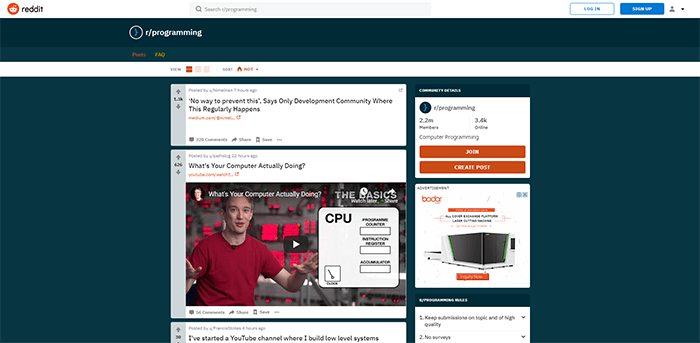
Also, don’t be afraid to ask questions yourself. If you see a mural, application, logo design, or any other industry-related work you like, contact the client who commissioned it and ask what he/she requested from the person who delivered the work.
Ask how they found the freelancer they hired, and why they hired him/her. After all, clients can best tell you what they want from the professionals they hire.
How to pitch through email?
As vital as having the necessary expertise and talents is knowing how to sell them. Additionally, contacting potential customers via cold email is an excellent place to start. Therefore, find potential customers in your business (a quick Google search will do) and begin writing your emails:
- Personalize emails. In your email, make sure to address the recipient specifically (avoid using the common expression “To Whom It May Concern”).
- Make sure you send the email to the appropriate recipient. Make sure to send your proposal to the magazine’s editor and not to the magazine’s art director or any other person unconnected to the writing industry if you’re pitching an online magazine to get a writing job.
- Create a thoughtful proposal. Do your research, understand what the company or website you’re pitching to is looking for, and understand how your services tie into that.
You’ll likely need to practice email pitching, but you’ll quickly learn how effective your emails are. If no one responds to your message, you’re probably doing something incorrectly and should reconsider your strategy.
The hardest part of starting a business is getting your first client, particularly if you are new to your industry or niche. However, if your initial customer is happy with your service, they might recommend you to other customers, which would increase your credibility with them.
Look through freelance job platforms
Here are our top 10 freelance websites to choose from:
- 1. Fiverr [Logo]
- Toptal [Logo]
- Jooble [Logo]
- Freelancer.com [Logo]
- Upwork [Logo]
- Flexjobs [Logo]
- SimplyHired [Logo]
- Guru [Logo]
- LinkedIn [Logo]
- Behance [Logo]
1. Fiverr

Fiverr is a platform that connects freelancers with business owners looking for services in various digital projects, including website design, content writing, and voice-overs.
- Freelancing type: digital marketing, web development, social media
- Pros: diverse category, free registration, online courses
- Cons: high commission charge, the long payment process
2. Toptal
![Toptal Review – Is It as Good as It Seems? [2022]](https://dt2sdf0db8zob.cloudfront.net/wp-content/uploads/2020/05/toptal-review---freelance-platforms-v2-1.png)
- Freelancing type: software development, financial consulting, interim management
- Pros: top-tier companies and talent, free invoicing and payments
- Cons: extensive screening process, big projects only
3. Jooble
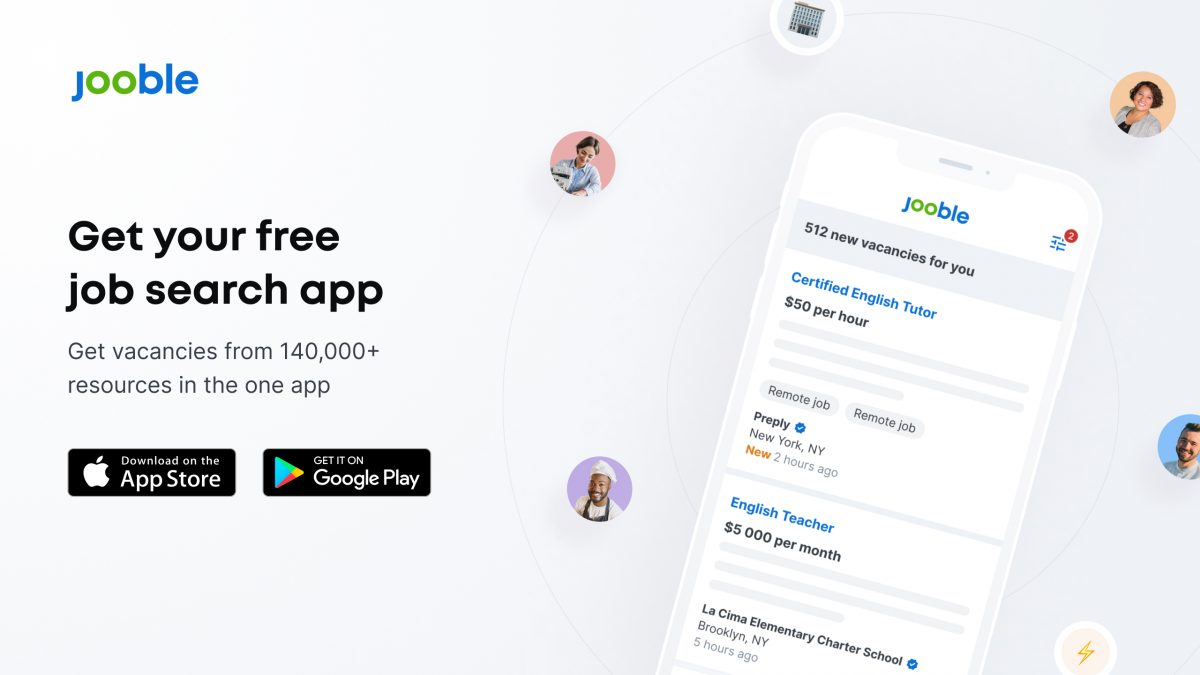
- Freelancing type: writing, graphic design, data entry
- Pros: centralized job discovery, email alerts, no signup necessary
- Cons: no quick application – must apply from each job vacancy’s source
4. Freelancer.com

- Freelancing type: content translation, web development, social media marketing
- Pros: progress tracker, live chat, 24/7 customer support
- Cons: complex interface, spam applicants, and fake clients
5. Upwork

- Freelancing type: brand marketing, programming, website design
- Pros: payment protection, credible clients, budget-based projects
- Cons: lengthy selection process, high service fee
6. Flexjobs 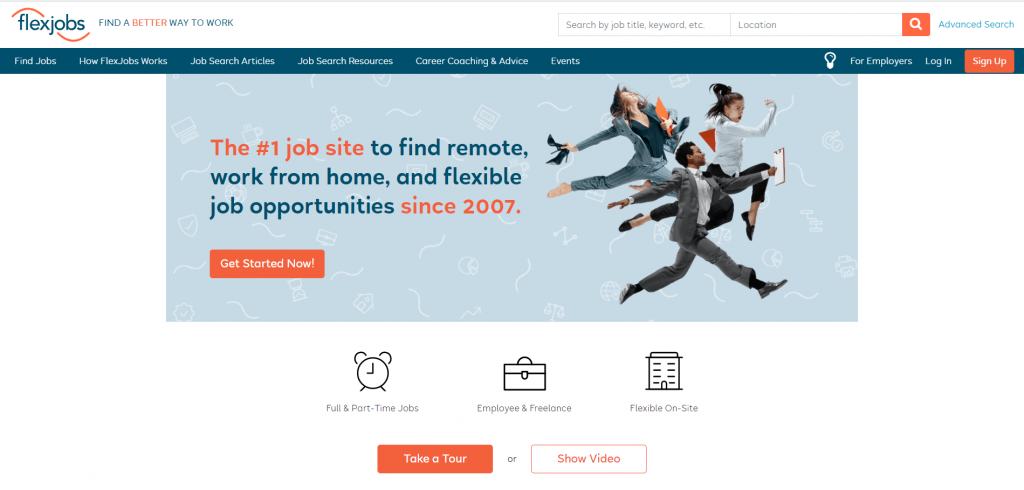
- Freelancing type: writing, content marketing, transcription
- Pros: scam-free, 30-day money-back guarantee, reliable support
- Cons: some premium jobs can be found outside the platform
7. SimplyHired
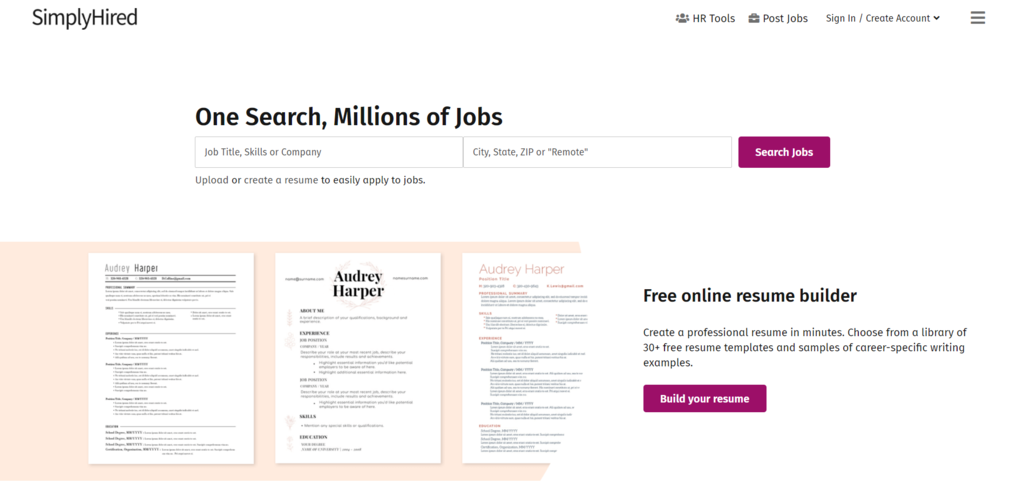
- Freelancing type: human resources, finance, data entry
- Pros: email alerts, helpful guides, free job tools
- Cons: spam from unreliable third-party websites
8. Guru
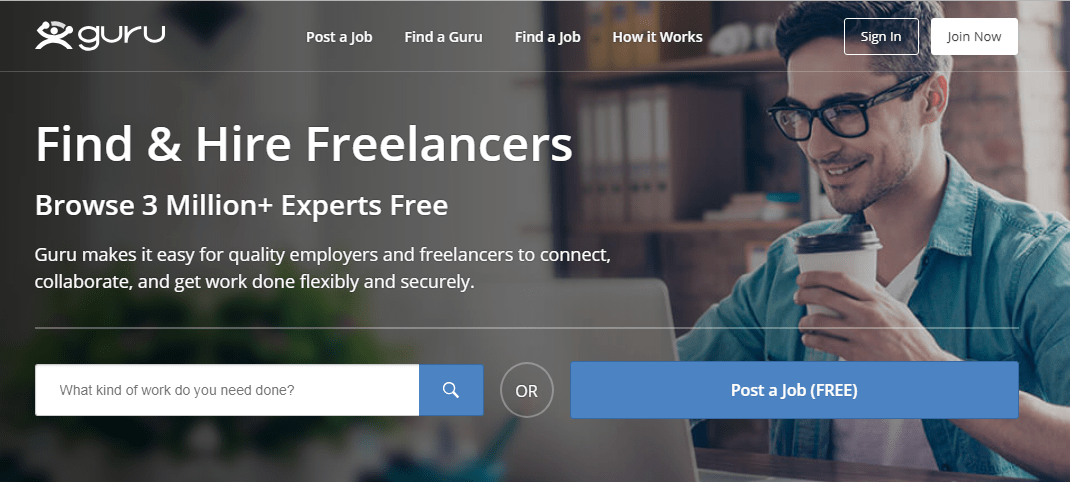
- Freelancing type: marketing, programming, administration
- Pros: secure payment, customized job listings, free membership
- Cons: potential fake clients
9. LinkedIn

- Freelancing type: copywriting, translation, graphic design
- Pros: networking opportunities, recent news updates, cost-effective
- Cons: spam content from malicious users
10. Behance
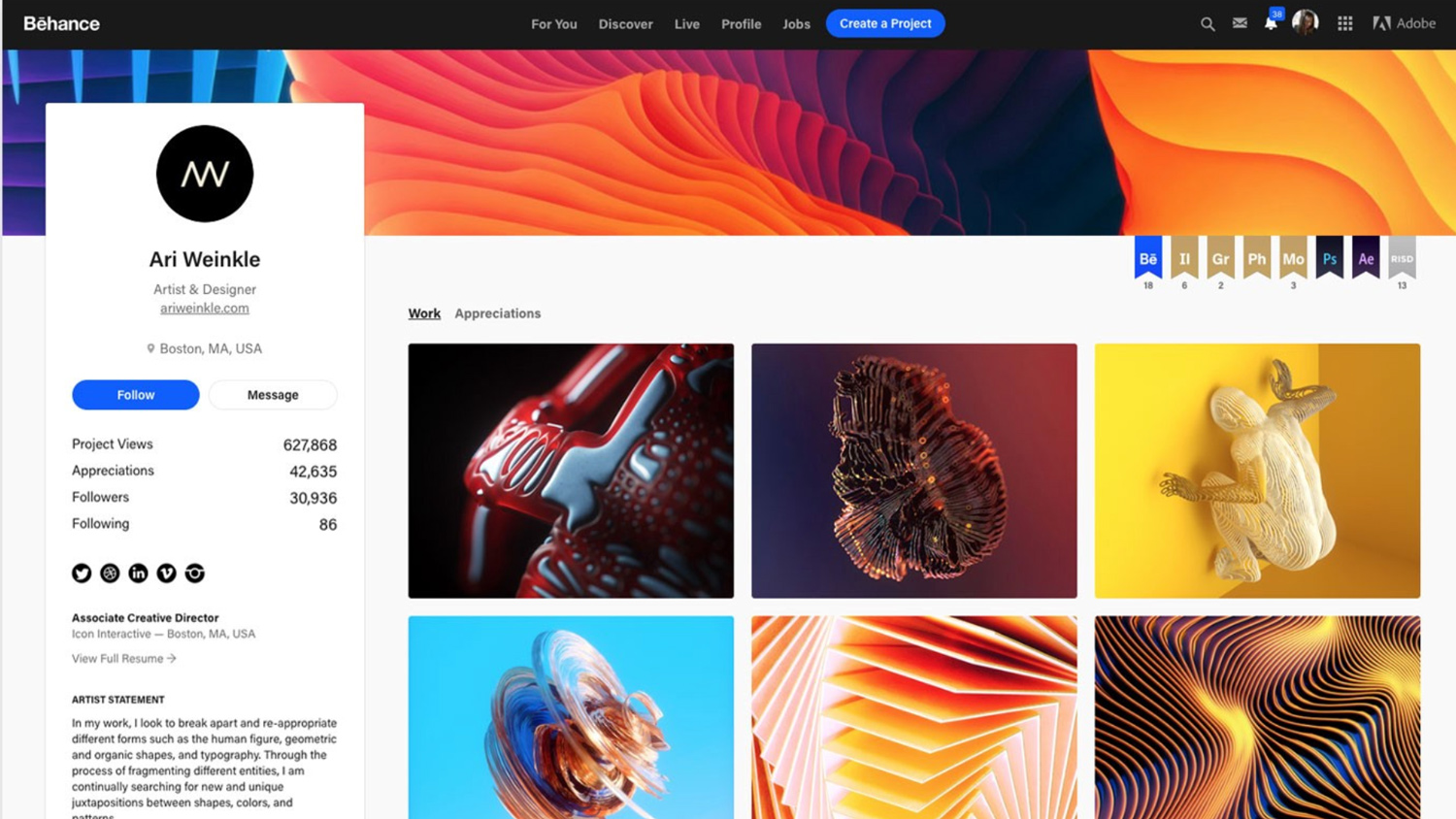
- Freelancing type: illustration, photography, web design
- Pros: large audience, networking opportunities, personalized content
- Cons: competitive environment, limited image file size
Best tips to balance your full-time job with your part-time job.
- If you’re working both full-time and on-side freelance gigs, it’s usually your full-time position that’s covering your taxes, healthcare, retirement fund, and other subsequent expenses, most likely your bills too. So, it should remain a priority when compared to a string of part-time jobs.
- Make sure you keep in mind your deadlines, both at your full-time position and on your freelance projects — define your priorities and make a schedule you’ll stick to. If a fun freelance project overlaps with an important and urgent deadline at the office, you may want to pass on the opportunity.
- Remember that according to a poll on how freelancers spend their time, up to 28.60% of them work more than 30 hours per week. So you might even work more than 80 hours per week when you work full-time and take on part-time jobs.
- Always remember to take care of your health in such circumstances and provide enough time for food, sleep, exercise, and leisure activities with friends and family.
How to start freelancing with no experience?
Choose what you about passionate about.
Determine your hobbies and passions first. If this is a programming language, for instance, you’re off to a great start. However, along with programming, there are many other lucrative sectors you might investigate.
List 10 to 15 of your interests and passions because if you work in a field, you’re passionate about, you’ll be less likely to leave it when things become difficult.
Next, determine which issues and subjects are frequently searched for within each specified industry or specialty. You may accomplish this by using a straightforward keyword analysis tool that provides information on the monthly search volume for a certain term.
Now, go through industry-related forums, to read what problems and concerns real people have in a particular industry. Do you know how to solve their problems and answer their questions? Then you might just have the means to fill a gap in the market.
The last (and perhaps crucial) matter you need to consider when choosing a career is the competition — has the industry problem you’re looking to address already been covered? If so, was it covered in a satisfying, quality way? If not, perhaps you’ve just found your true calling.
Consider some best second jobs you can take on without experience
Being passionate is wonderful, but what if you’re simply searching for a side project you can start working on right now without any prior professional experience?
If so, there will be many opportunities for you to choose from:
If you have excellent typing skills, you can do data entry work in your free time.
If you’re an adept researcher, you can relieve project teams’ workloads by completing their online research.
You can apply to convert audio to text if you’re fluent in one or more languages, but keep in mind that you’ll still need a transcription certification to work as a transcriber, for instance, in the medical profession.
These positions are great if you’re looking to find quick part-time gigs — although, they may be harder to find, due to larger competition.
Don’t work for Exposure
- You may be tempted to work for free to get exposure and experience that you can later put on your CV. This is a common trap for most inexperienced new freelancers.
- However, you should exercise extreme caution when working for free.
- On the other side, free work is easier to get (as you’d imagine), and you may create a portfolio via it. Having no finished projects to exhibit your talent typically means you’ll be less likely to get employed.
- The issue with this is that if people find out you work for nothing, it will be more difficult for you to get paid jobs in the future. “You worked for company X for nothing; why can’t you work for me for nothing too?”
- So, don’t take on free work just to build a reputation — remember, if your work is good enough to help you build a reputation, it’s good enough for you to get paid.
- The nail in the coffin for free work is that the very things you’re looking to gain — respect and recognition — are the very things you’re likely to lose.
- People won’t value your work nor respect you as a credible professional if you work for free because people are generally wired to think that there’s something wrong with work they get for free — even if there isn’t.
- And, if you work for free, potential clients won’t take you as seriously as they take professionals who price their work from the start — these professionals show they always value their work and time, which prompts clients to do the same.
- In conclusion, you should always look for paying gigs — you’ll just need to build your expertise, skills, and whatever you lack through online or in-person classes first.
- This brings us to the next point.
- So, you’ve decided to start charging your clients from the get-go of your freelance career. But, how will you make sure they always pay you for your hard work? Check out our guide about How to ask a client for payment without being rude (email templates included) to learn to craft emails that will keep your clients in check about their payments to you. Also, check out our list of the 16 online payment tools that can further help you get your freelance payments easier and faster.
Work on your freelance skills
When you have no official experience, but also lack the necessary skills to create full-quality work, the only efficient solution is to learn, learn, learn, and practice, practice, practice.
Now, this may not be practical when you’re working full-time, but if this particular industry/niche is a passion of yours, then you’ll probably have no problem exchanging leisure time for some learning time. Just make sure you always leave room for sleep, rest, and other necessities.
You can enroll in a class in your city to learn more about the most sought-after programming languages or cutting-edge practices in graphic design.
Or, you can try Lynda Online Classes in design, web development, software development, photography, or one of 600+ other courses.
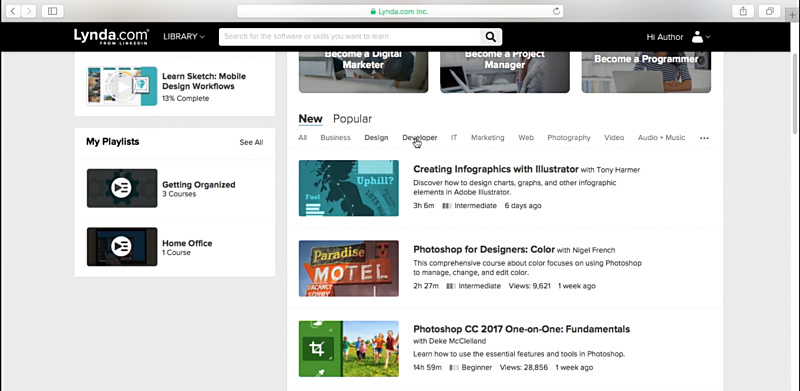
Conclusion
- It may seem intimidating and difficult to start a freelance business, but once you take the right steps, it’s rather simple.
- You must concentrate on developing and broadening your primary talents before beginning work in a certain industry, so you should:
- If you want to pursue a profession in programming, code as much as you can.
- If you wish to be a writer, improve your writing abilities.
- Develop a compelling portfolio as a designer
- However, there are procedures that all independent contractors must take, regardless of the business they work in:
- First, you’ll need to define your business goals and find and stick to a perspective niche within your industry. Then, you’ll need to identify target clients and define the prices for your freelance services. It’s also important that you create an appealing website and highlight a list of your best work there.
- Now, finding your first client may be the most challenging step. But, once you establish a relationship with your first client, others will follow once you start expanding your network and list of referrals.
- In the end, it’s important that you set your limits and lay down some basic rules that help you balance your full-time job with your freelancing gigs.
- On the other hand, if you want to start freelancing with no experience, it’s best that you choose to work on something you’re passionate about. Alternatively, you can select a line of work that doesn’t require official experience, such as data entry.
- You should also work on your freelance hard skills, and pay equal attention to your soft skills — this will help you get ahead in work.
- And, most importantly, make sure you never work just for exposure and to build a reputation — if you’re good at what you do, you’re always good enough to get paid.
Author


